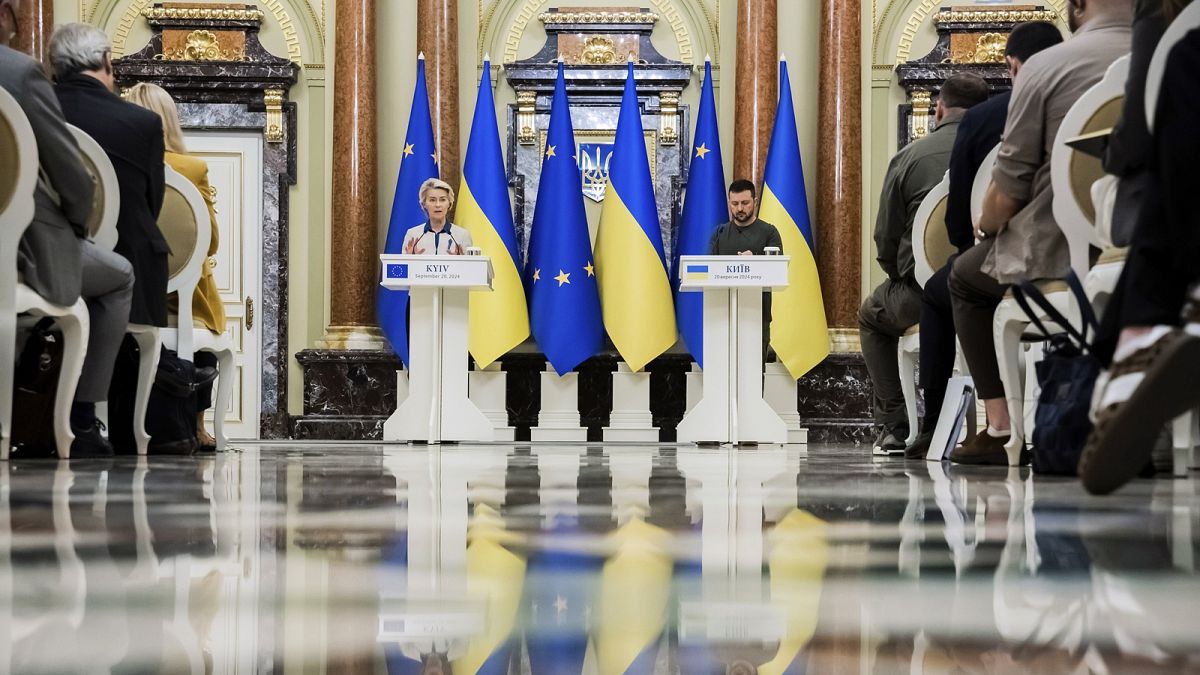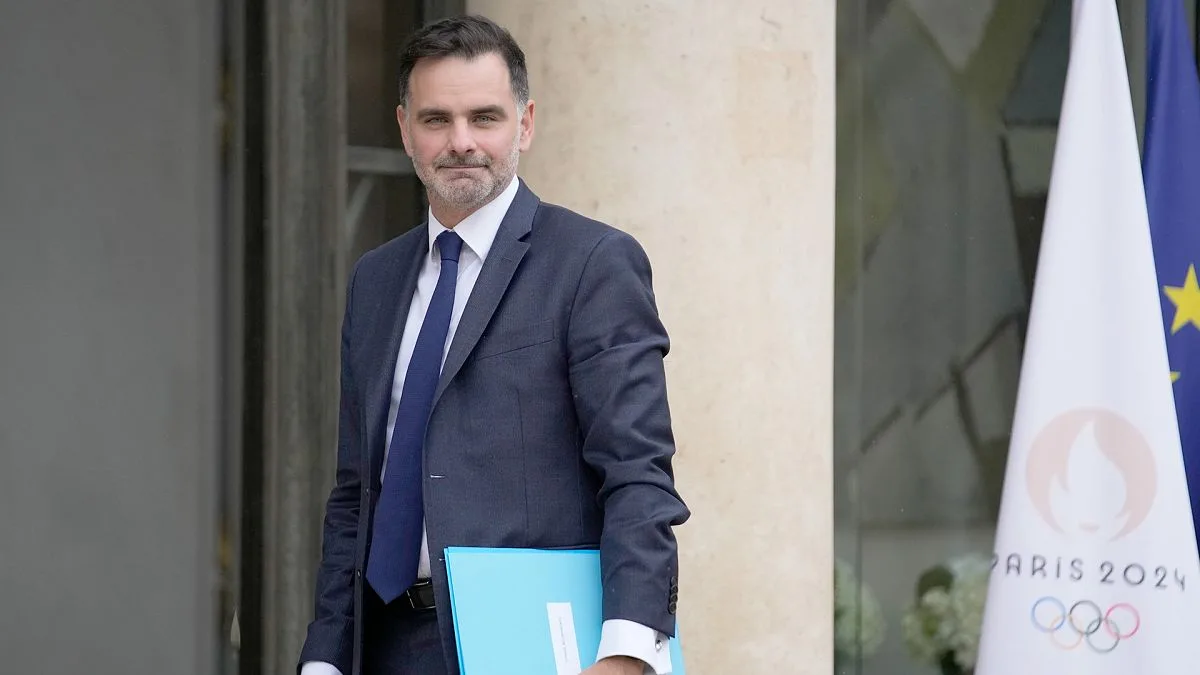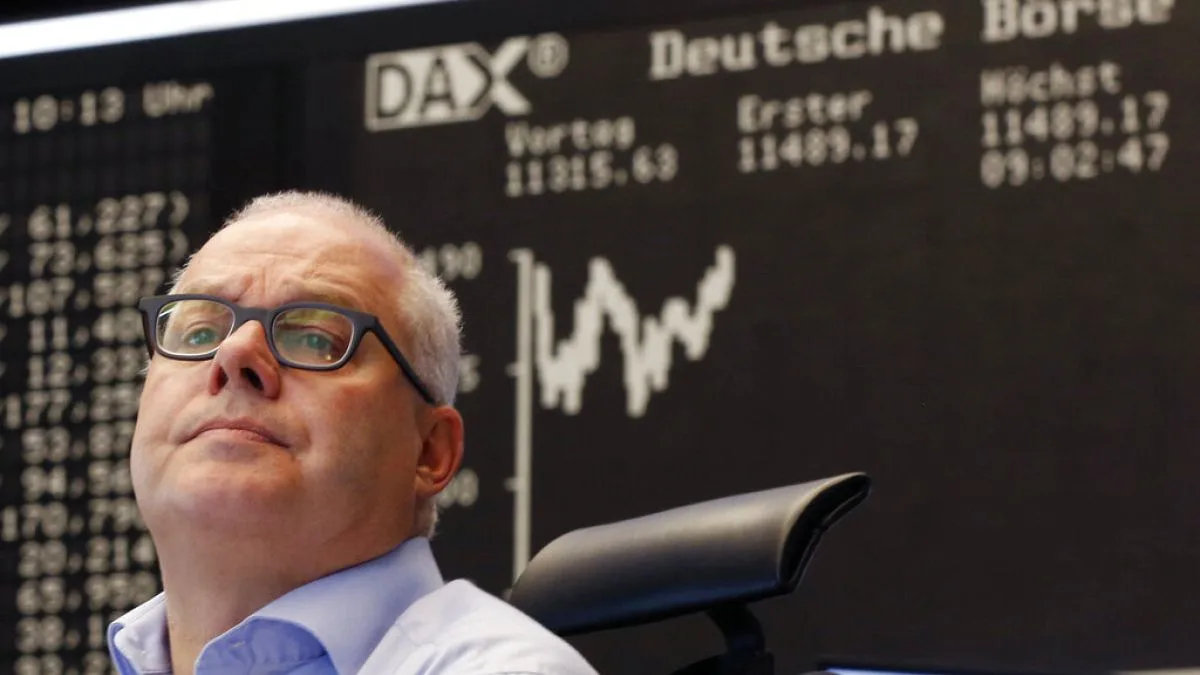The profits generated from Russia’s frozen assets play a crucial role in the €35 billion loan pledged by the European Union to support Ukraine.
The European Union has unveiled a significant initiative: securing a €35 billion loan aimed at bolstering Ukraine’s economy and addressing the substantial financial gap stemming from Russia’s ongoing invasion, which is approaching its 1,000th day without resolution.
“We recognize the immense financing demands arising from the war,” stated Ursula von der Leyen during a recent visit to Kyiv.
“It’s vital to keep the state and the economy functioning while enhancing your defense capabilities in response to Russian aggression.”
The president of the European Commission assured that the loan would provide “critical fiscal space” for the Ukrainian government, granting “maximum flexibility” to cover essential needs such as healthcare, military procurement, and repairs to the energy infrastructure incessantly targeted by Russian bombardment.
While the EU has consistently provided financial support to Ukraine since the onset of the conflict, this particular loan initiative stands out as groundbreaking. The key difference is that Russia’s immobilized assets will serve as collateral, facilitating loan repayments without burdening the Ukrainian budget.
How exactly does this work? Let’s break it down.
Origins of the Idea
The concept arises from the Western mantra “make Russia pay,” adopted in 2022 to hold Moscow accountable for the unprecedented damage inflicted upon Ukraine. Despite ongoing calls for reparations, the Kremlin has disregarded these appeals and pursued its aggressive invasion.
With Western nations grappling with strained budgets, attention turned to an alternative source of funding that would not affect their finances: the Russian Central Bank’s frozen assets, which totaled approximately €270 billion, with around €210 billion residing in EU jurisdictions.
Euroclear, a Central Securities Depository located in Brussels, holds the majority of these assets.
According to international law, sovereign assets are beyond confiscation. However, the unusual profits they generate lack the same protections, making it possible to capture and manage these funds through various means.
In May, EU member states agreed to allocate the windfall profits—estimated between €2.5 billion and €3 billion annually—to bolster Ukraine’s military and reconstruction endeavors. As conditions in Ukraine worsened, G7 leaders pledged in June to secure a $50 billion (€45 billion) loan for immediate relief.
Connecting the EU and G7 Loans
This is all part of a unified effort.
The initial plan involved the EU and the US contributing $20 billion (€18 billion) each, with the UK, Canada, and Japan providing the remaining amount to reach $50 billion. However, concerns arose regarding how the EU renews sanctions—specifically, that unanimous votes are required every six months, potentially allowing a member state, like Hungary, to stymie the process and unfreeze assets, subsequently endangering the loan’s integrity and increasing financial liabilities for Western allies.
This uncertainty slowed down negotiations between EU and US officials, even as Ukraine faced severe bombardment as winter approached.
To facilitate a quicker agreement, Ursula von der Leyen proposed a larger-than-anticipated €35 billion contribution to incentivize Washington and other allies to act swiftly. The upcoming US presidential elections and the potential re-election of Donald Trump add urgency to the plan.
Is the EU’s Contribution Too Large?
The EU’s €35 billion commitment significantly exceeds the €18 billion initially earmarked during the G7 announcement in June. This figure represents over three-quarters of the total €45 billion promise. However, there remains room for adjustments.
EU Commission officials indicate that Western allies need to assess von der Leyen’s proposal and determine their commitment amount. Should overall contributions surpass €45 billion, Brussels will recalibrate its share to fall below €35 billion.
Further clarification is anticipated by the end of October.
Utilization of Windfall Profits
According to von der Leyen’s strategy, the Commission will create a Ukraine Loan Cooperation Mechanism, a centralized system for channeling windfall profits.
Once the allies amass the loan and remit it to Ukraine, they can tap into this mechanism to access a portion of the extraordinary revenues, proportionate to their lending amounts. This structure means that neither the G7 allies nor Ukraine will bear the repayment burden.
What’s Next?
The Commission has requested swift action from both the Council and the European Parliament on this proposal, aiming to secure the €35 billion loan before the year’s end.
The vote in the Council will occur by qualified majority, ensuring individual vetoes do not obstruct the loan’s approval and fostering optimism for a quick consensus.
If all goes smoothly, the Commission could initiate the first transfer by late 2024 or early 2025, contingent upon Kyiv meeting specified policy conditions. The €35 billion is likely to be distributed gradually throughout 2025, though a lump-sum payment might also be viable.
It will ultimately be up to President Zelenskyy’s government to determine the allocation of the aid, as the funds will be “undesignated” and “untargeted,” according to a senior Commission official. This implies no restrictions on dedicating portions of the loan to military purchases.
Disbursements will occur in bank accounts belonging to Ukraine, but located within lender territories—this arrangement will provide greater autonomy.
Additionally, windfall profits from the frozen assets will be integrated into the common fund starting in August 2025.
Addressing Hungary’s Veto
This question remains pressing within EU discussions.
To mitigate concerns, High Representative Josep Borrell has suggested extending the renewal period for the Russian assets from six months to three years, providing enhanced long-term stability to the plan and addressing Washington’s anxieties.
Unlike the loan, this proposal requires unanimity for approval, allowing Hungary to disrupt discussions if it chooses, thereby maintaining its geopolitical leverage.
Nevertheless, Commission officials have stated that legally the veto would not affect the €35 billion loan, and Brussels intends to proceed regardless of changes to the renewal period. “The financial flow remains secure as long as the sanctions remain intact,” emphasized a Commission official.
Additionally, Borrell has established two political prerequisites for unfreezing assets: Russia must cease hostilities and agree to reparations.
While member states support this stance, the reality is that Hungary will retain its veto power over the frozen assets, regardless of whether the renewal period is six or thirty-six months.
The U.S. will respond accordingly, recognizing that operations with financial risks necessitate Congressional authorization for additional funding. In the case of the EU, the ultimate safeguard against unforeseen complications will be the bloc’s collective budget.
Photo credit & article inspired by: Euronews



